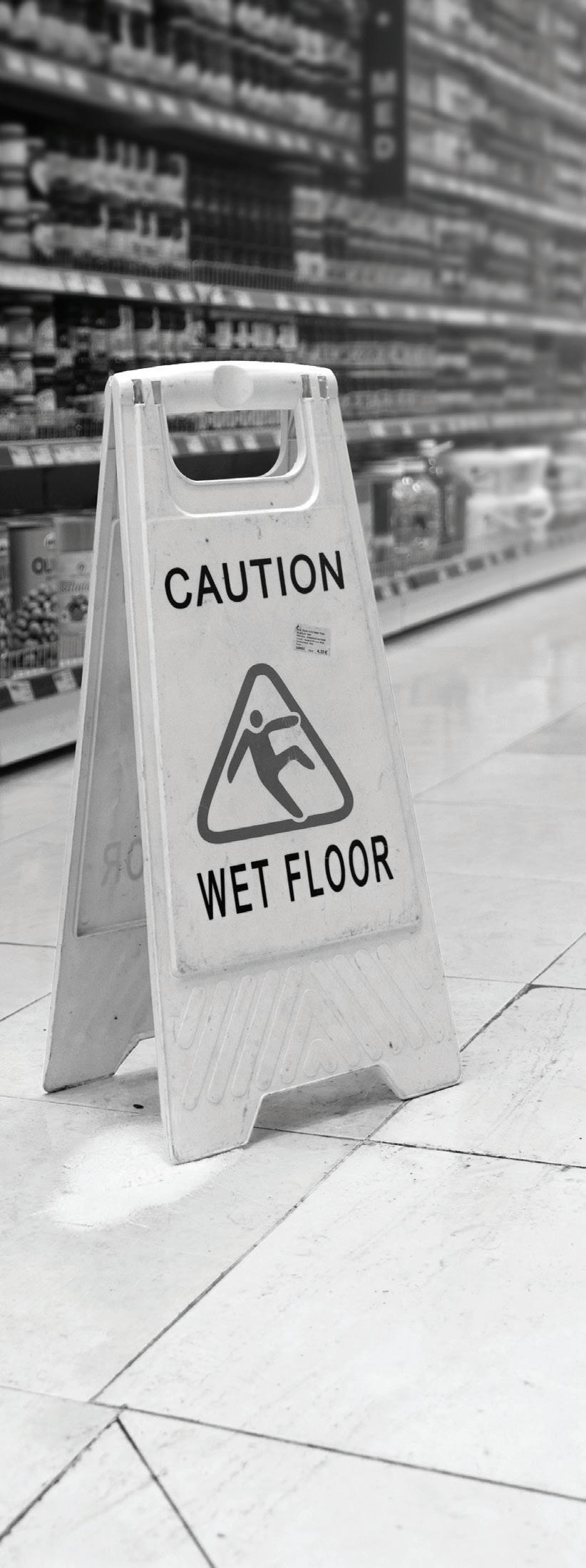
2 minute read
Health & Safety
Sprains & Strains
The number one type of injury for workers is sprains and strains. This is the case year after year across many sectors and industries. Sprains & Strains accounted for 36% of Workplace Safety & Insurance Board (WSIB) claims from 2023-2024.
In 2024, more than 23,500 workers experienced a Sprains and Strains injury leading to a WSIB claim.
'Sprains and Strains' is a classification that encompasses types of soft tissue injuries with different characteristics throughout the body resulting from different incidents (nature of occurrence).
For example:
• Injury Type: Sprain/Strain
• Injury Characteristic: Left hip and lower left back
• Nature of Occurrence: Colleague reports slipping in the deli department and falling to the floor.
Why did the incident happen?
This is a question investigated and addressed by your Joint Health & Safety Committee (JHSC) or Health & Safety (H&S) Representative at work. There may be a number of reasons and contributing factors for an incident and your JHSC/H&S Rep can put corrective actions in place to prevent future repeat incidents.
The slip and fall in the above example is a result of an unsafe work floor/surface and workspace. But an investigation might reveal that the floor wasn't wet with water, but was greasy instead. That investigation might also reveal that workers are forced to use that path/floor surface because the other path is blocked with items that should not be there.
Be vigilant and proactive. Look out for hazards such as:
• Blocked exits, doorways, stairs and walkways, and congested paths.
• Improperly stacked pallets and merchandise.
• Pests/Rodents
• Unsafe walking surfaces, including indoors and outdoors (wet, icy, greasy, uneven, broken, just-mopped) ufcw175.com/contact
• Improper use of equipment including lift trucks, power stackers, hand pallet lifts, step stools, and ladders.
Thorough monthly inspections by your JHSC/H&S Rep coupled with proactive hazard identification can help ensure that corrective actions are put in place to prevent injuries before they happen.









